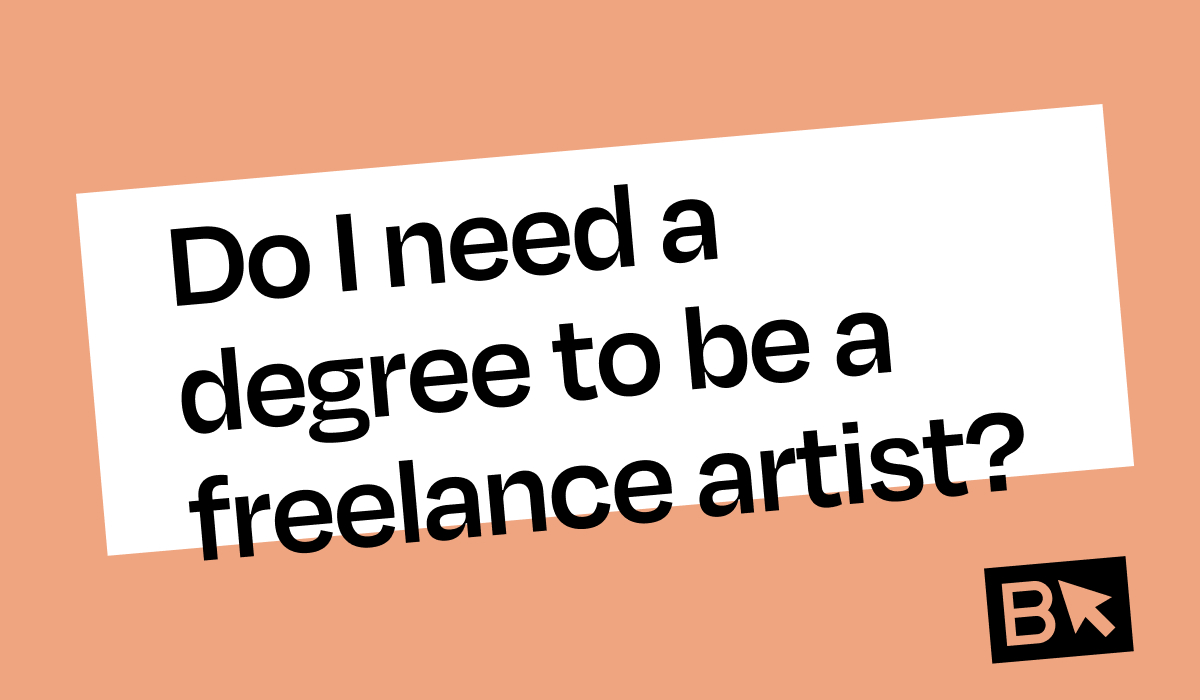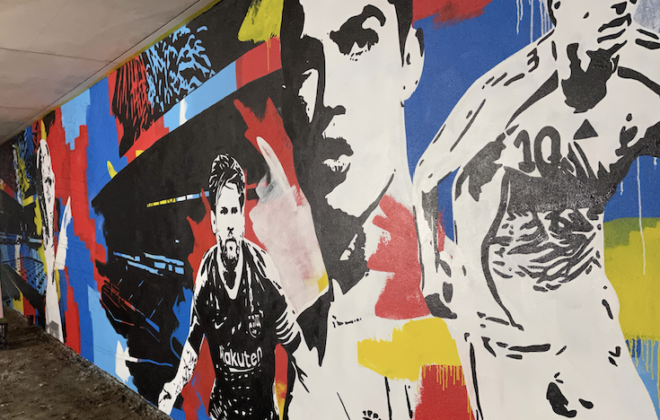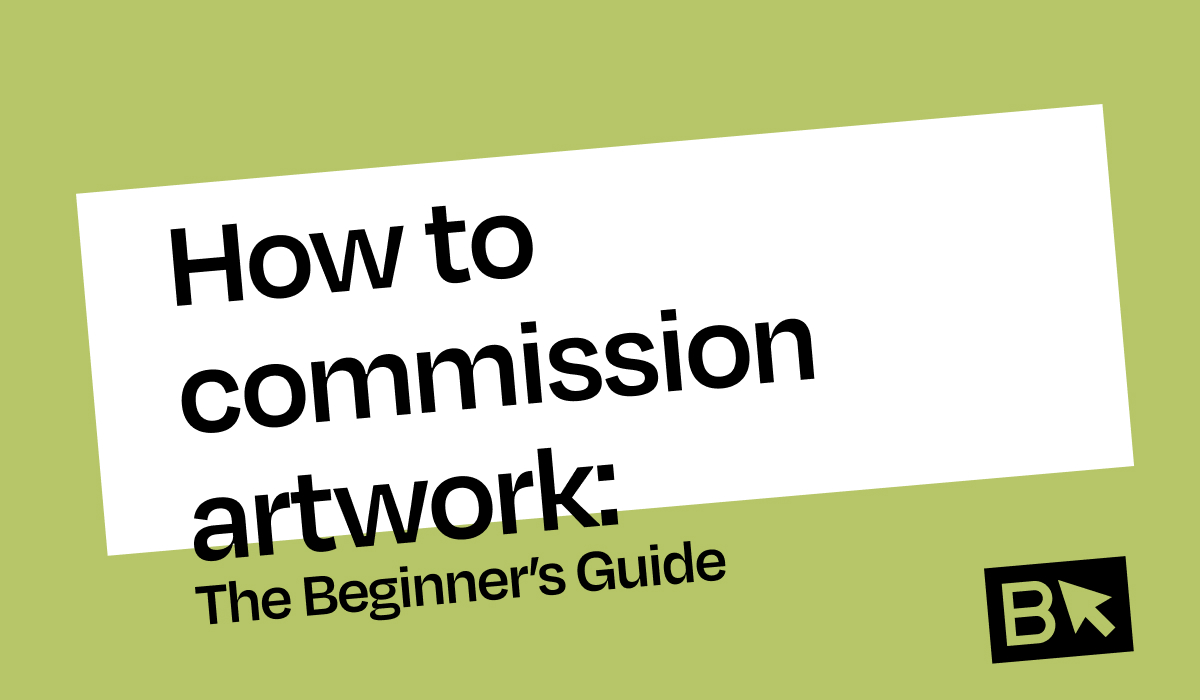
How To Commission Artwork: The Beginner’s Guide
Learning how to bring artwork to life is an art in itself. While having a vision for your artwork is a great starting point, understanding the right steps to commission artwork is key to getting the result you want.
In this beginner’s guide, we’ll show you how to commission artwork, step by step, so you can give your artistic and creative visions shape and form and see them become masterpieces in reality.
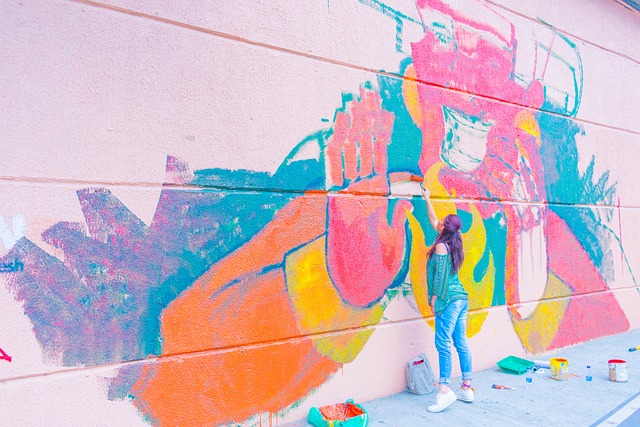
What is meant by ‘commissioned artwork’?
Commissioned artwork is the age-old practice of hiring artists to produce or create artwork. Basically an artist is hired by a ‘commissioner’ to create a customized work of art. ‘Commissioners’ can be wealthy individuals, businesses or the government.
Note that ‘commissioning’ artwork is not the same as buying an original, pre-made painting by an artist. It’s not even the same as buying limited prints or collection works by an artist. Commissioning art means starting the artistic process from scratch, and involves producing a customized, one of a kind piece of art.
Historically, members of the upper class commissioned artwork to well-known artists like Leonardo Da Vinci or Michaelangelo to display their wealth, express their opinion on religious matters, and even immortalize themselves through portraits.
These days, however, commissioning artwork is no longer restricted to the upper class and is open to a much larger audience. Anyone with a reasonable budget, and a vision for a piece of art can commission artwork. It’s just like hiring any professional for a customized assignment.
How do you commission artwork?
The process of commissioning artwork can be explained as follows:
1. Have an artistic vision
Think about what you want the art piece to be like. You need to decide what the subject matter and style of the piece will be, as well as what material you’d like to use to create the artwork, and then form an artistic vision based on this. Whether its a subject matter like a portrait of a person, a graffiti-style mural featuring your favourite sports hero, or an abstract interpretation of nature, it helps to know what what you want and if there are specific styles you gravitate to, whether its abstract, figurative, or geometric.
2. Find an artist
Once you have an artistic vision for your art project, it’s time to search for an artist. You can find one using our website where you’ll be able to browse our library of local artists by location or art style. Go through the artist’s profile and portfolio to get a sense of their art style. Read reviews from past customers, and then make an informed decision on which artist to move forward with.
Alternatively, you can find an artist by searching on Google and browsing the individual websites of artists who are accepting commissioned artwork. If you prefer to get some mileage under your belt, you can also find an artist by searching for them by visiting art galleries, browsing art shows and shortlisting the ones you like. This approach can be more time consuming than the others since it requires your physical presence at art galleries, and not all artists will be available for commissions.

3. Establish the details of the art project
Once you’ve found an artist to work with, you need to clearly establish the details of the project. You need to answer critically important questions like: (a) By when do you want the artwork completed? (b) What material do you want the artist to use for the artwork? (c) What price will you be paying to the artist to complete the project? (d) What is the size of the artwork? (e) What location will the artwork be displayed and where would it need to be delivered to?
4. Set up a contract
In order to finally book the artist, you need to have a contract in place with them. The contract should include the price, the expenses involved, the payment terms, the project timeline, the approval process, details regarding copyrights as well as the rights of both the commissioner and the artist should something go wrong. You can use a professional contract template from a legitimate legal source to put everything on paper professionally or use our easy invoicing template.
5. Book the artist by paying a deposit
Once you’ve finalized the contract details, it’s time to book the artist. On our website, you can book the artist straight on the platform. Once you’ve signed the contract, it is standard procedure to pay the deposit upfront before any designs are created by the artist. Paying the deposit officially books the artist. Book An Artist Pay is our innovative escrow-style payment process that ensures financial commitment and protection for both customer and artist. Once a deposit is paid, get the creative communication flowing by regularly communicating with the artist at all stages of the art project, from inception to completion.
6. Review the artwork
Once the artwork is completed by the artist, let your artist now how much you appreciate their art! Nowadays, showing your commissioned artwork on social media is a great way to give the artist credit for their artwork. It also helps the artist to leave public reviews so that other potential customers can read about your experience with the artist. You can do this via our online platform by leaving a review that gets displayed on the artist’s profile page. Or you can give them a review along with the permission to display it on their website.
How do you find an artist open for commissions?
While some artists may be accepting commissions, others may not be open to it. So as a commissioner of art, you need to find artists who’re open to commissions, with ‘commissions’ referring to requests for producing artwork.
You could use Instagram and search for artists accepting commissions by having a look at the description on their profile. They’ll usually mention something along the lines of ‘accepting commissions’ or ‘get customized artwork made’ to make themselves available for work.
There are also online platforms that are designed to connect commissioners and artists. Marketplaces like Etsy, Fiverr and Upwork have specific sections for art commissions, Book An Artist is dedicated to commissions, and all artists on the platform are open for commissions. Alternatively, you could also visit art galleries or approach illustration and photography agencies to help you find the right artists who’re open to commissions.
Whichever method you choose, it’s important you like the style of the artist you’re picking. Ideally their artistic style should match your vision, as no artist will completely adapt their style to your request. This alignment between their style and your vision is a must.
How much does it cost to commission art?
Some artists make their pricing really clear on their website or via social media. With others you’ll have to approach them directly via email or phone to get an idea about their pricing.
The cost to commission artwork depends on the value of the art being produced. And the value of art is always a subjective topic. Apart from the value of the art, the final price will vary depending on the cost of materials used, usage rights of the artwork, size of the work, the time required to produce the work, the level of detail and complexity involved, and the level of experience of the artist among other factors.
What’s interesting is that the global art market was valued at USD 65.1 billion in 2021, and online art sales accounted for a fifth of this value. Clearly, the value of art produced worldwide is massive, and the pricing of art is a very subjective topic.
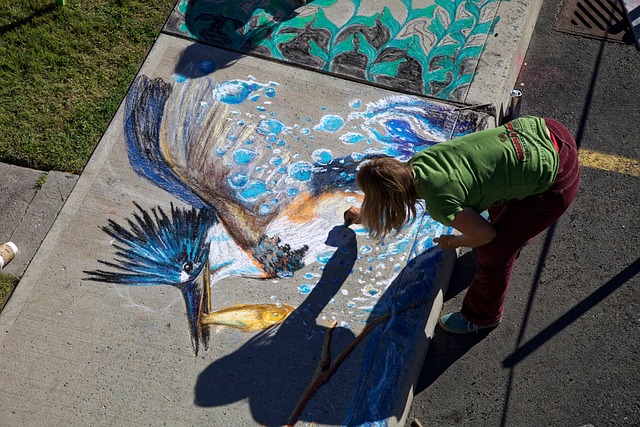
In general, the more usage rights you want for a piece of art, and the more complex the artwork is, the more expensive it will be. That’s why it’s always best to discuss the price of the artwork with the artist producing the work so there’s clarity on the costs involved.
Does location matter?
When commissioning artwork, location is hardly of any consequence these days as long as you’re willing to bear the cost of transporting the artwork. You could be in Australia and commission artwork to an American artist, or vice versa. The only thing is that you will have to pay taxes, customs charges, and import duty, all of which will raise the price of the commission.
When it comes to murals, location can be a major factor, as you’ll need the artist to be able to physically be on-site to complete the mural artwork. Our platform is designed to help you connect with artists near your location, giving you the option to play a key role in supporting your local artists, while avoiding expensive taxes, duties, travel costs and other related charges.
What happens once the artwork is commissioned?
After the artwork is commissioned and you’ve paid the artist their initial deposit fee as per their payment terms, the artist will create sketches of designs and prepare several options for you to choose from.
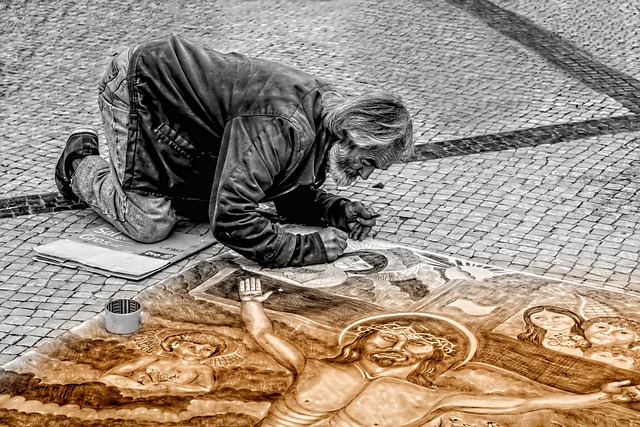
You’d then provide your feedback on these drafts, so the artist can make amendments as per your choice. Both of you would play an important role in finalizing the piece of art, and the artwork might go through a series of revisions. Once the artwork is finalized, you’d have to make the final payment to the artist as agreed so necessary materials to complete the artwork can be purchased.
Wrapping it up
Hopefully this article gave you more clarity on the process of commissioning art. It’s really not that complicated when you think about it! The most important thing is crystal clear communication throughout the process between you, the commissioner and the artist.
Ready to commission an artist using Book An Artist? We break it down for you here.
Check out top-rated local artists near you!
Are you an artist ? Sign Up











